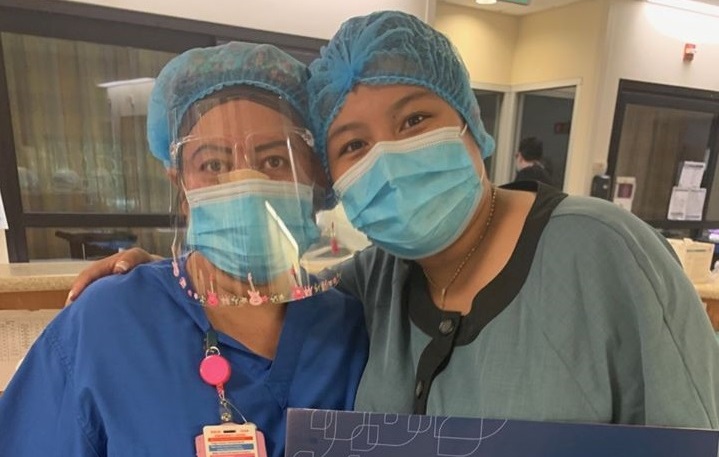How COVID-19 survivors can give back during National Blood Donor Month
Jan 5, 2022
For nearly five decades,National Blood Donor Monthhas been a time to raise awareness about the lifesaving benefits of blood donations and celebrate those who give back. Amidst the COVID-19 pandemic, blood donations have been lower than usual – but they’re more important than ever, especially from those who have recovered from COVID-19.
Types of blood donations
One of the most helpful ways COVID-19 survivors can give back is by donating plasma. What is a plasma donation and how is it different from other types of blood donations? There are several blood donation types:
- Whole blood donationis probably what you think of when you think about giving blood. People of all blood types can donate whole blood. The whole blood gets separated into its components and often supports people undergoing surgery or who have suffered a traumatic injury. These donation appointments typically last around an hour.
- Plasma donationis giving one specific blood component, your plasma. Plasma is used in emergency situations, including to help patients fighting COVID-19. The appointment lasts a little longer than a whole blood donation, usually for around an hour and 15 minutes.
- Platelet donationis giving one specific blood component, your platelets. Platelets are the part of your blood that forms clots to stop bleeding. These donations are critical parts of cancer treatment, organ transplants and other surgeries. These are the longest appointments, lasting up to three hours.
How can I help if I’ve recovered from COVID-19?
If you’ve recovered from COVID-19,donating your plasmacan help patients who are currently fighting the infection. When you recover from COVID-19, your body creates infection-fighting cells called antibodies. Your plasma now contains those antibodies, which can be a lifesaving blood product for current COVID-19 patients.
This plasma, called “convalescent plasma” may be collected if you have had a previous COVID-19 diagnosis but have been fully symptom-free for 14 days or longer. To donate, you also have to meet all the typicalblood donor requirements, such as being over 16 years old and in generally good health.
What if I haven’t had COVID-19?
Even if you haven’t had COVID-19, your donation could still be lifesaving for someone. Last fall, the American Red Cross faced anemergency shortageof blood and platelet donations, with donations reaching the lowest rates in more than a decade.
If it’s been 56 days or longer since you’ve last donated blood, you may be able to donate again. Donating even just a few times a year can help save someone’s life – and that’s just one of the manyreasons to donate.
You can use the American Red Crosslocation toolto schedule a blood donation today.
Related articles

Steps for creating SMART new habits
August 24, 2020

'That could be one of my family members': Mother-daughter housekeeping team faces COVID realities daily
July 29, 2020

Surviving and thriving while working from home
March 19, 2020